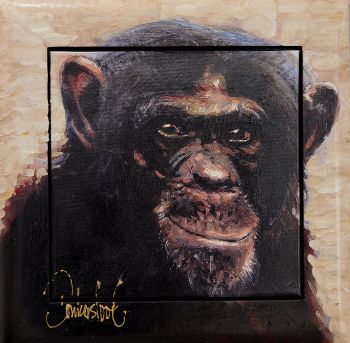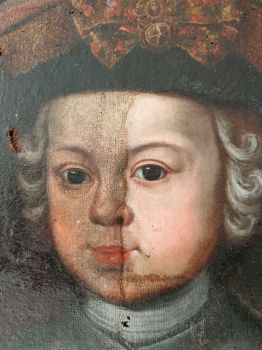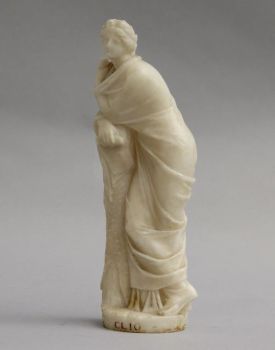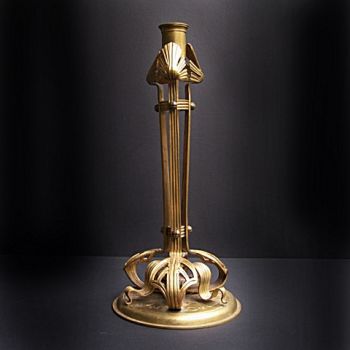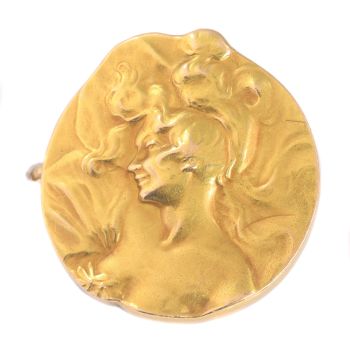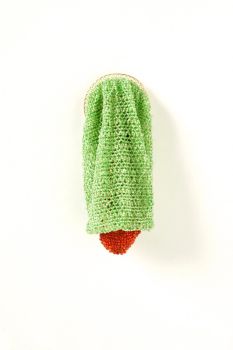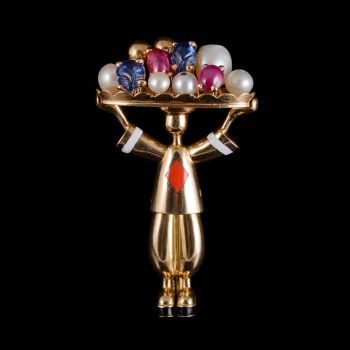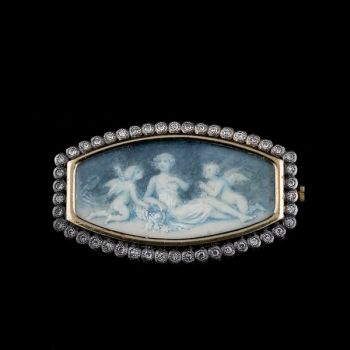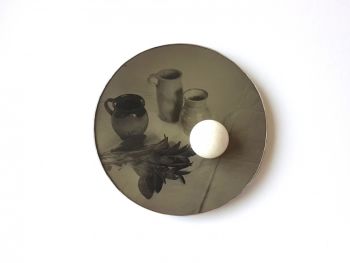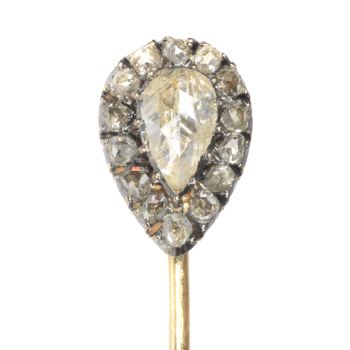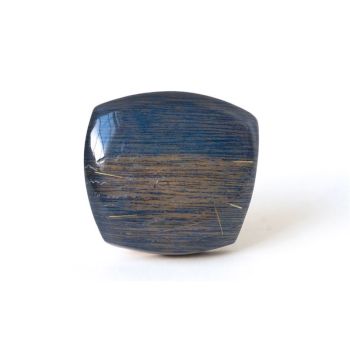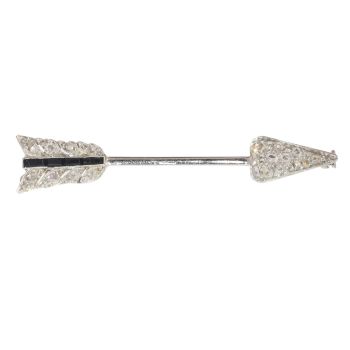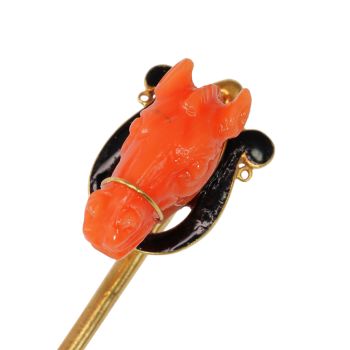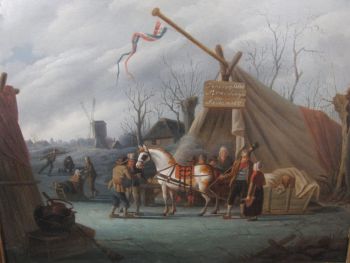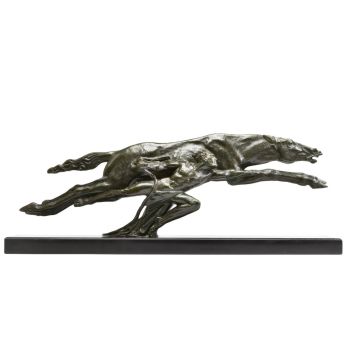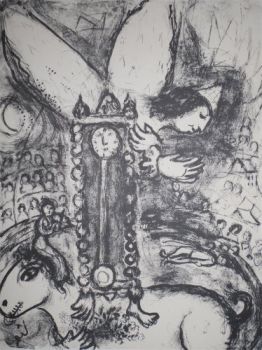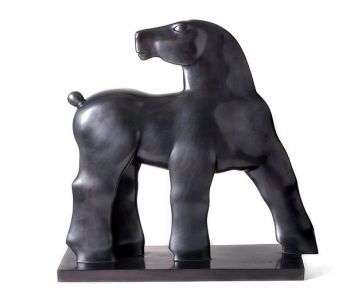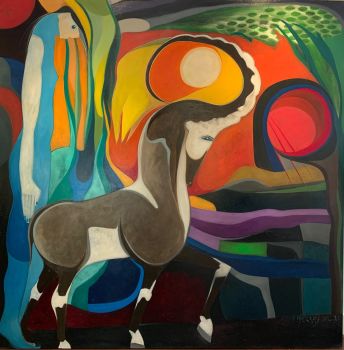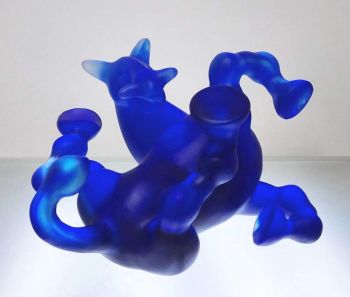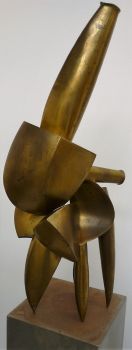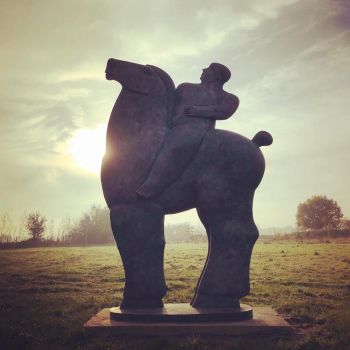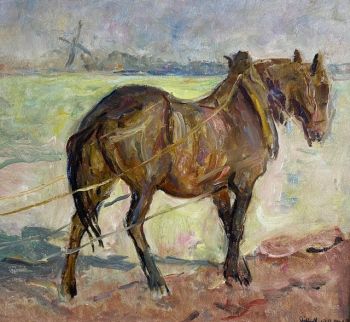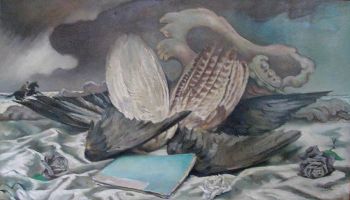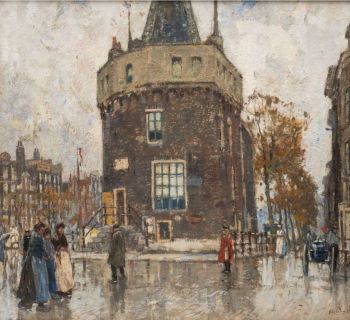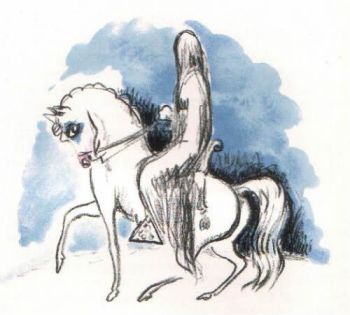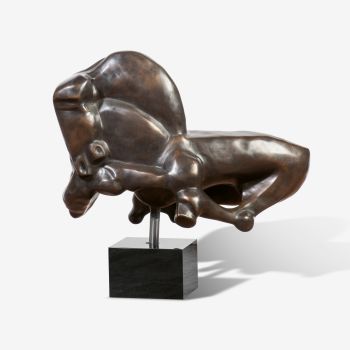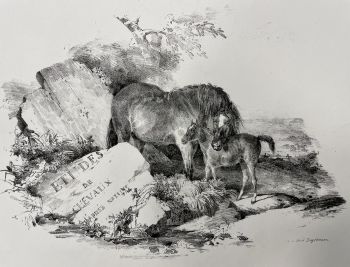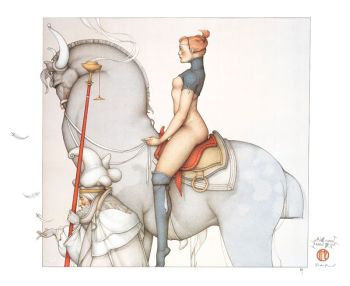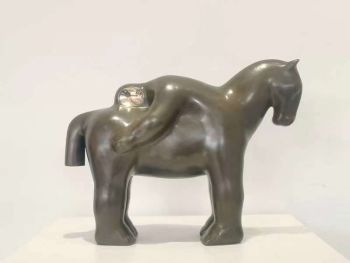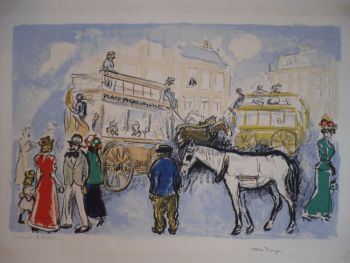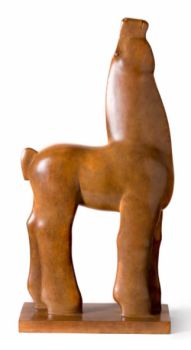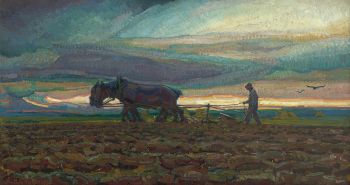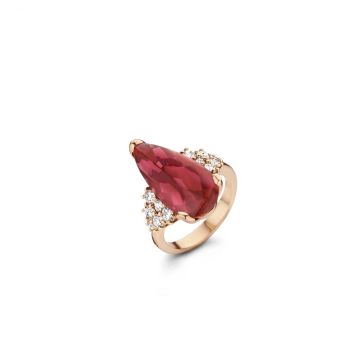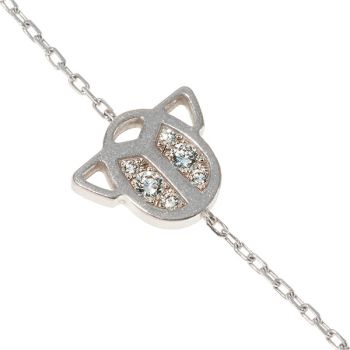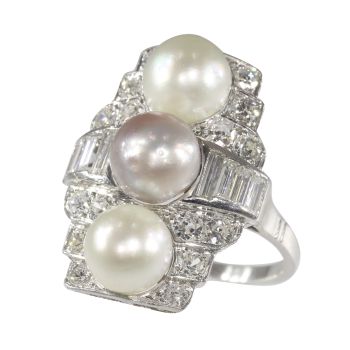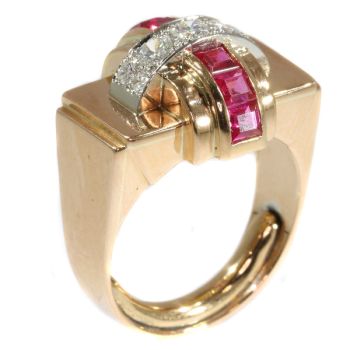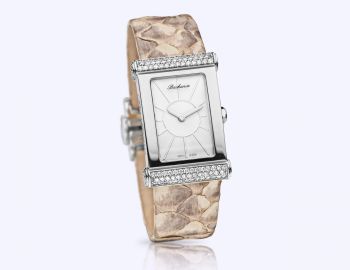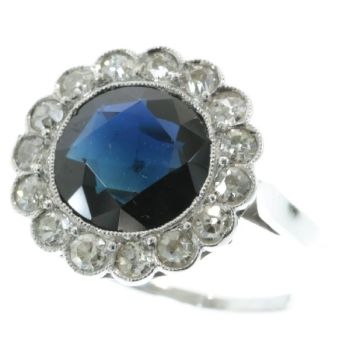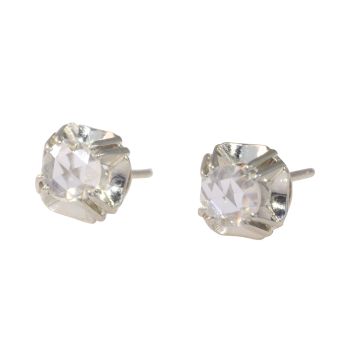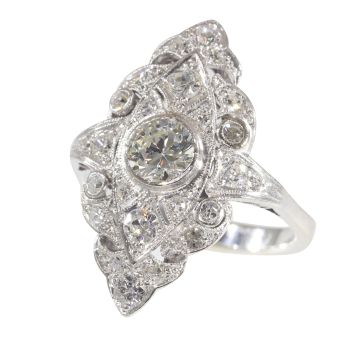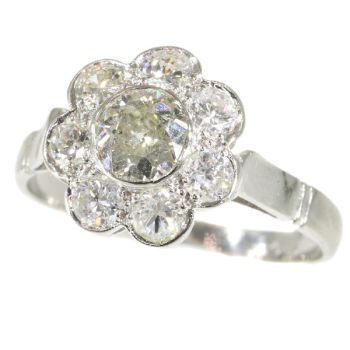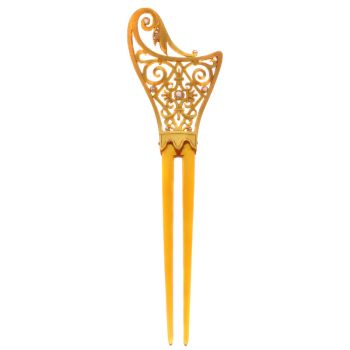Antico fermacravatta portafortuna a ferro di cavallo con diamanti taglio rosa e rubini 1890
Artista Sconosciuto
DiamanteRubinoPietra preziosa
€ 2.150
Adin Fine Antique Jewellery
- A proposito di opere d'arte
Antique jewelry object group: tiepin/stickpin
Condition: excellent condition
- (more info on our condition scale)
Country of origin:Although it does not carry any legible control marks we believe this to be of Belgian origin.
Style: Victorian - Victorian decorative arts refers to the style of decorative arts during the Victorian era. The Victorian era is known for its eclectic revival and interpretation of historic styles and the introduction of cross-cultural influences from themiddle east and Asia in furniture, fittings, and Interior decoration. Victorian design is widely viewed as having indulged in a regrettable excess of ornament. The Arts and Crafts movement, the aesthetic movement, Anglo-Japanese style, and Art Nouveaustyle have their beginnings in the late Victorian era.
- See also: Victorianor more info on styles
Period: ca. 1890
- (events and facts in 1890)
Source of inspiration: Good luck tokens
Theme: Horseshoe - There is no consensus among historians as to when and by who horseshoes were first invented. What seems most plausible is that shoeing was invented by numerous armorers in different places at about the same time, and then kept as a militarysecret for a very short time - until the practice was apparently widespread. Fact is that to date they are considered to bring good-luck.
Material: 18k red gold and silver, see also: The silver on gold technique
- (more info on precious metals)
Diamonds:25 rose cut diamonds. We do not have the weight of the diamonds which is normal in our trade when it comes to rose cuts.
Precious stones:23 carre cut rubies (lab produced) (also called verneuil ruby). The fact that these stones are lab produced has no influence on the value of this jewel. Natural rubies and lab produced rubies were both used in this era, rather more for their effect than for their intrinsic value.
- (more info on precious stones)
Birthstones: Diamond is the birthstone (or month stone) for April and ruby for July.
- (more info on birthstones)
Hallmarks: No trace.
- (more info on hallmarks)
Dimensions: horse shoe 1,77 cm (0,70 inch) x 1,78 cm (0,70 inch), total length 8,10 cm (3,19 inch)
Weight: 3,30 gram (2,12 dwt)
Reference Nº: 14350-0146
Copyright photography: Adin, fine antique jewelry
- A proposito di opere artista
Può succedere che un artista o un creatore sia sconosciuto.
Alcune opere non sono determinate da chi sono state realizzate o sono state realizzate da (un gruppo di) artigiani. Esempi sono statue dell'antichità, mobili, specchi o firme non chiare o leggibili ma anche alcune opere non sono affatto firmate.
Inoltre puoi trovare la seguente descrizione:
•"Attribuito a …." A loro avviso probabilmente opera dell'artista, almeno in parte
•“Studio di ….” o “Officina di” A loro avviso un'opera eseguita nello studio o nella bottega dell'artista, eventualmente sotto la sua supervisione
•“Cerchio di…” A loro avviso un'opera del periodo dell'artista che mostra la sua influenza, strettamente legata all'artista ma non necessariamente al suo allievo
•"Stile di..." o "Seguace di..." A loro avviso un'opera eseguita nello stile dell'artista ma non necessariamente da un allievo; può essere contemporaneo o quasi contemporaneo
•“Modalità di…” A loro avviso un'opera nello stile dell'artista ma di epoca successiva
•"Dopo …." A loro avviso una copia (di qualsiasi data) di un'opera dell'artista
•“Firmato…”, “Datato…” o “Iscritto” A loro avviso l'opera è stata firmata/datata/inscritta dall'artista. L'aggiunta di un punto interrogativo indica un elemento di dubbio
•"Con firma....", "Con data...", "Con iscrizione..." o “Riporta firma/data/iscrizione” a loro avviso la firma/data/iscrizione è stata aggiunta da qualcuno diverso dall'artista
Sei interessato ad acquistare questa opera d'arte?
Artwork details
Related artworks
- 1 - 4 / 12
Lawrence Alma-Tadema
"Caracalla and Geta: Bear Fight in The Colloseum, AD 203" 1907
Prezzo su richiestaGallerease Selected
1 - 4 / 24Fernand Paillet
spilla con paillettes1880 - 1900
Prezzo su richiestaAns Hemke-Kuilboer Juwelier & Antiquair
1 - 4 / 24- 1 - 4 / 24
- 1 - 4 / 24
- 1 - 4 / 12







